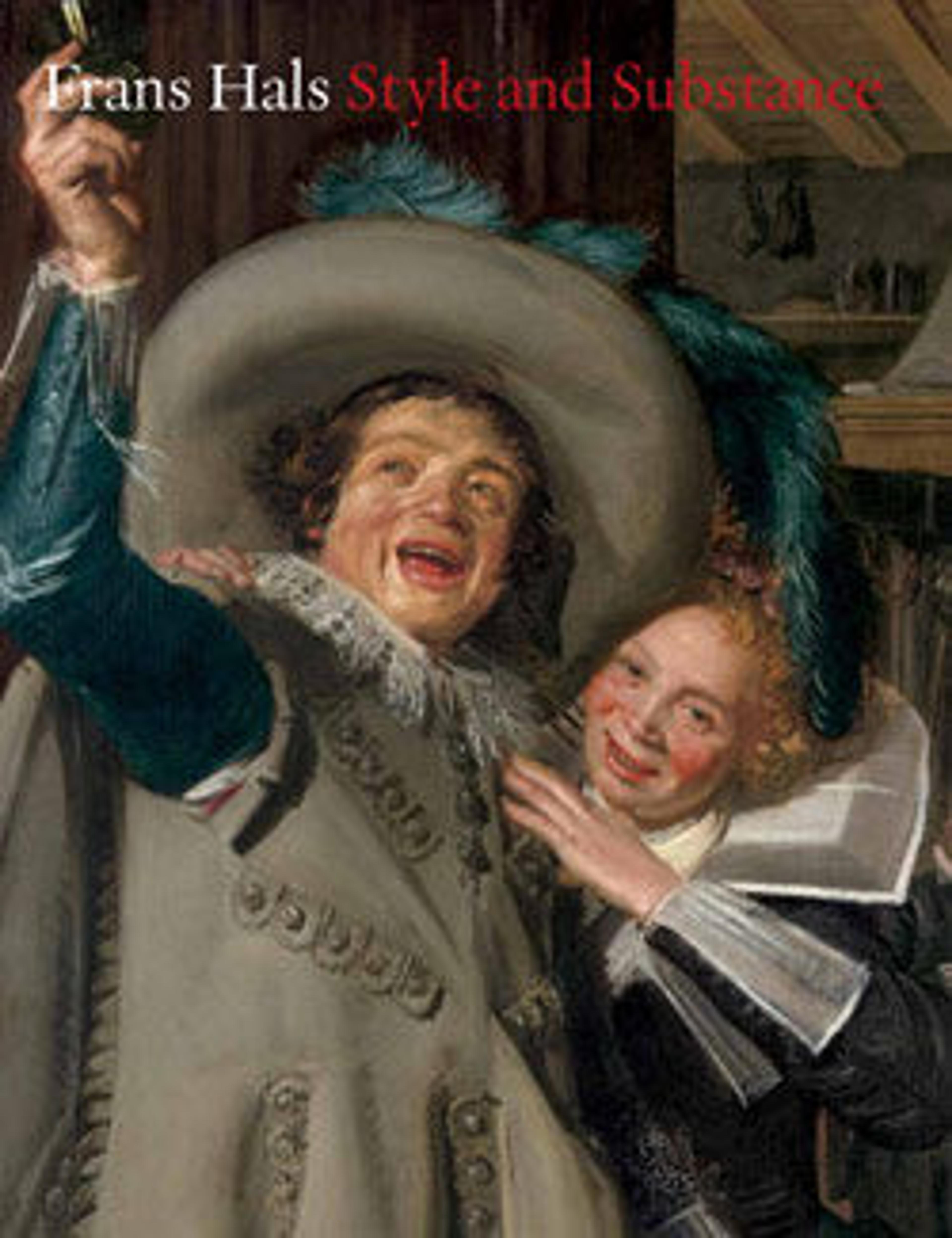Boy with a Lute
Inspired by Dutch Caravaggesque painters such as Gerrit van Honthorst and Hendrick ter Brugghen, Hals painted pictures of carefree musicians during the mid- to late 1620s. Here a young man pours a last drop of red wine onto his thumbnail, a signal to the innkeeper that he needs a refill, and to the viewer that (according to a Dutch rhyme of the period) "The glass is empty. Time is up." While Hals's authorship cannot be doubted, the picture's appearance has been affected by changes made by the artist himself and by later restorers. For example, the collar on the shirt and the lute string crossing over the thumb (thus obscuring the gesture's meaning) are not original.
Artwork Details
- Title: Boy with a Lute
- Artist: Frans Hals (Dutch, Antwerp 1582/83–1666 Haarlem)
- Date: ca. 1625
- Medium: Oil on canvas
- Dimensions: 28 3/8 x 23 1/4 in. (72.1 x 59.1 cm)
- Classification: Paintings
- Credit Line: Bequest of Benjamin Altman, 1913
- Object Number: 14.40.604
- Curatorial Department: European Paintings
More Artwork
Research Resources
The Met provides unparalleled resources for research and welcomes an international community of students and scholars. The Met's Open Access API is where creators and researchers can connect to the The Met collection. Open Access data and public domain images are available for unrestricted commercial and noncommercial use without permission or fee.
To request images under copyright and other restrictions, please use this Image Request form.
Feedback
We continue to research and examine historical and cultural context for objects in The Met collection. If you have comments or questions about this object record, please complete and submit this form. The Museum looks forward to receiving your comments.
